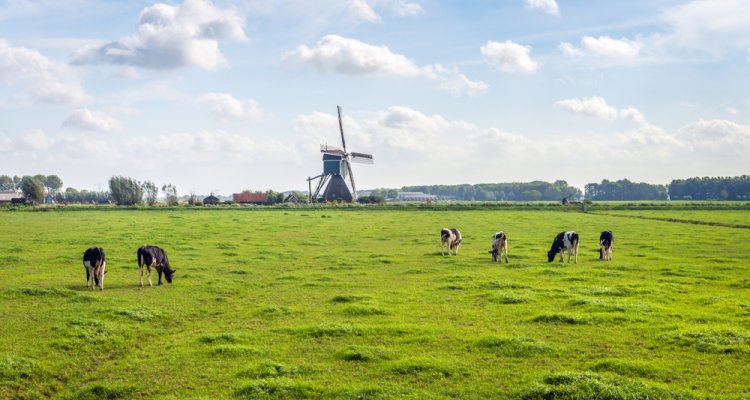
Project
SUPER G
Sustainable management is key to the survival of permanent grassland and its associated ecosystem services across Europe. However, permanent grassland and its functions are under pressure.
On the one hand, permanent grassland and its functions are under pressure due to suboptimal management and even the withdrawal of extensively used grasslands in marginal areas; and on the other hand, by converting permanent grassland to more intensive cultivation systems. SUPER-G aims to develop sustainable farming systems on permanent grassland and to provide leverage points for management that, depending on the local context, is aimed at an optimal balance between productivity on the one hand, and the promotion of ecosystem services - including biodiversity, contributions to climate objectives, and water management - on the other hand.
In 2016, 71% of the total 1 million hectares of grassland in the Netherlands was permanent grassland - accounting for an estimated half of the grass and roughage for Dutch dairy farming. Sustainable use of this is essential for the viability of Dutch dairy farming and for the preservation of the open landscape. The Netherlands is also obliged within European agricultural policy to maintain the area of permanent grassland. In the Dutch peat meadow area, almost all grassland is permanent grassland, which plays an important role in limiting soil subsidence. In other areas too, permanent grassland provides the basis for biodiversity (botanical, insects, meadow birds), carbon sequestration, water quality management, and it is an important asset for tourism and related services.